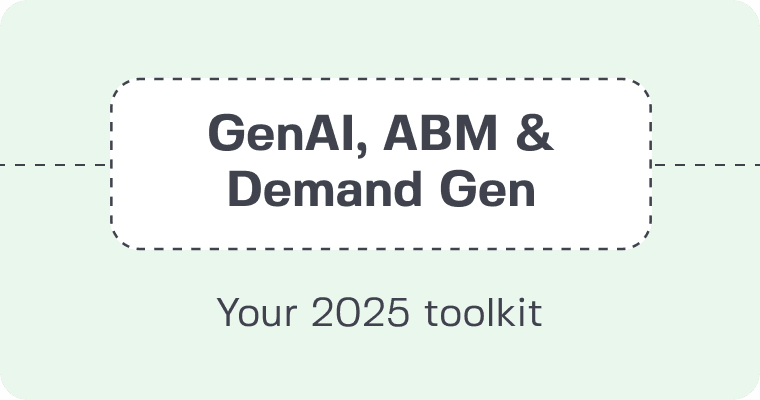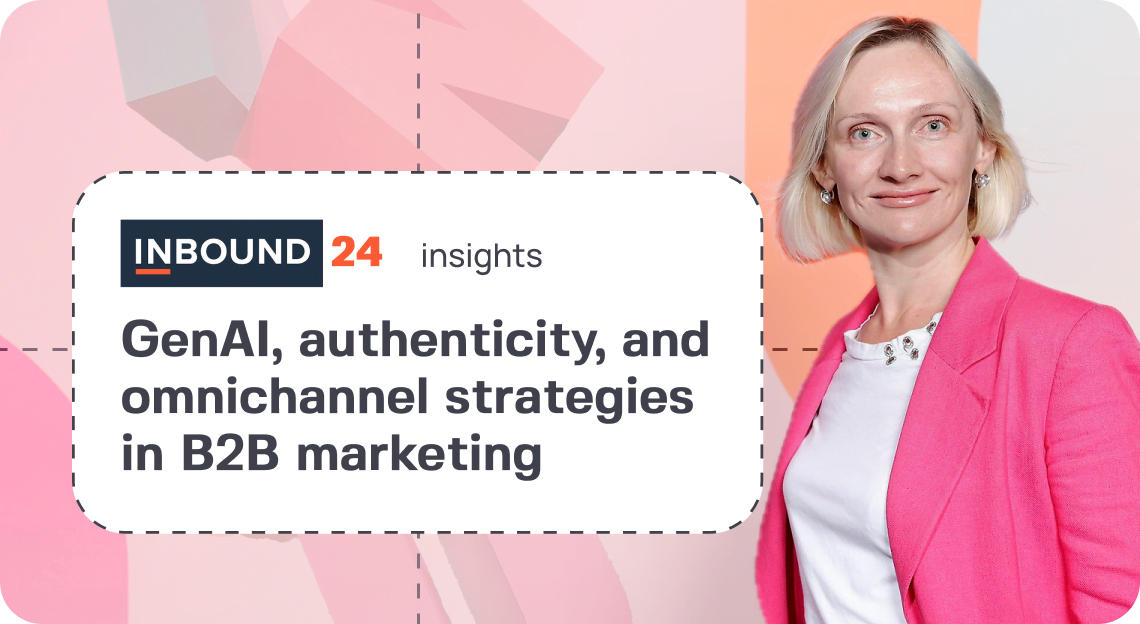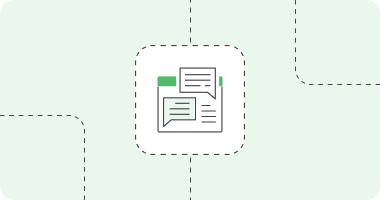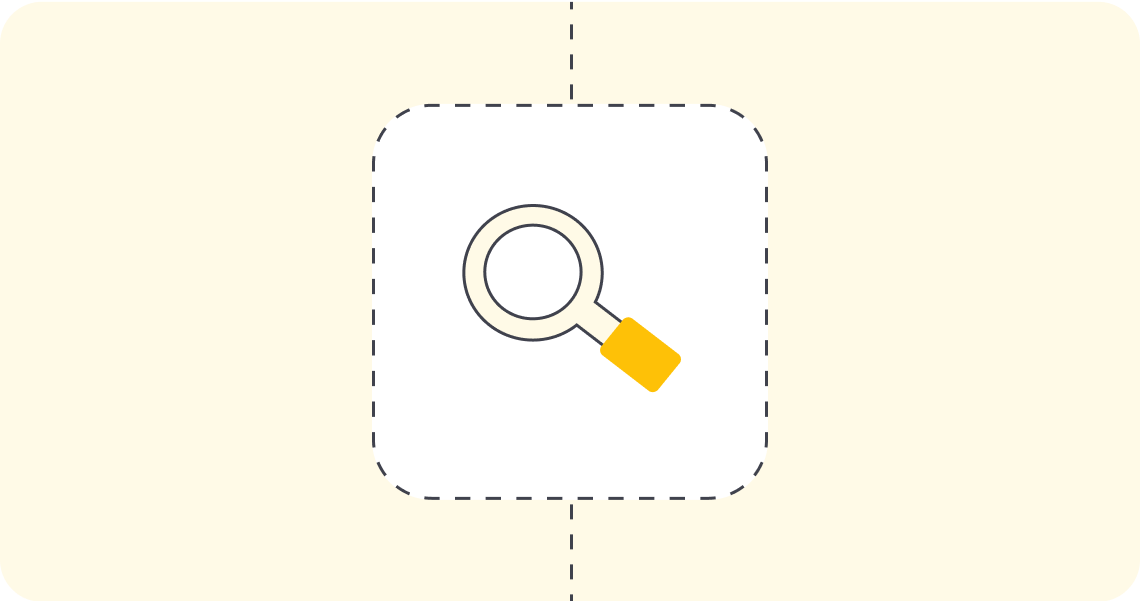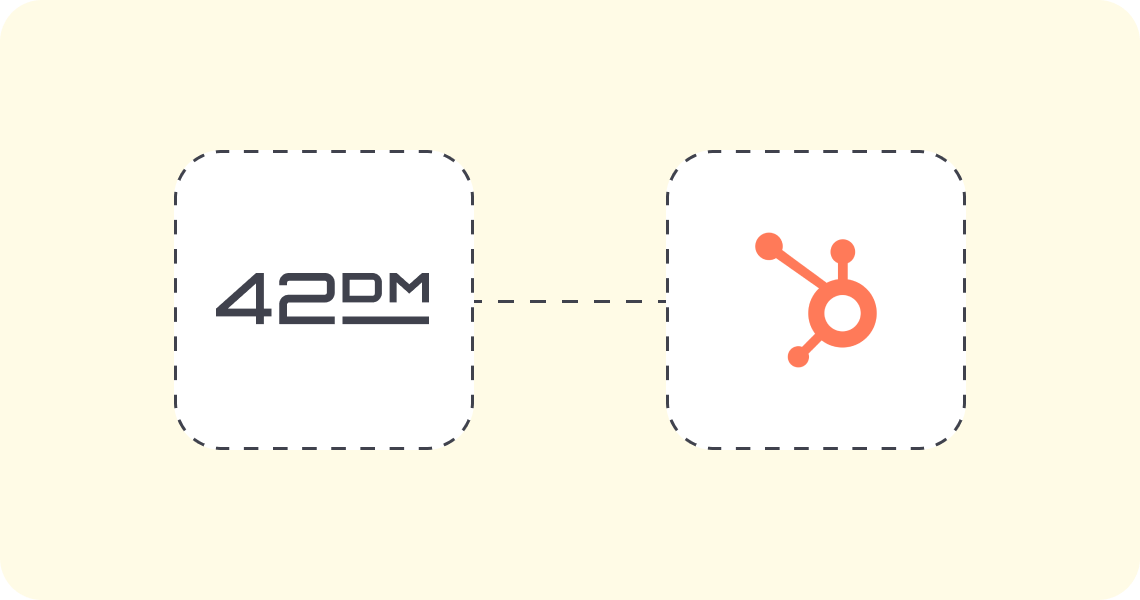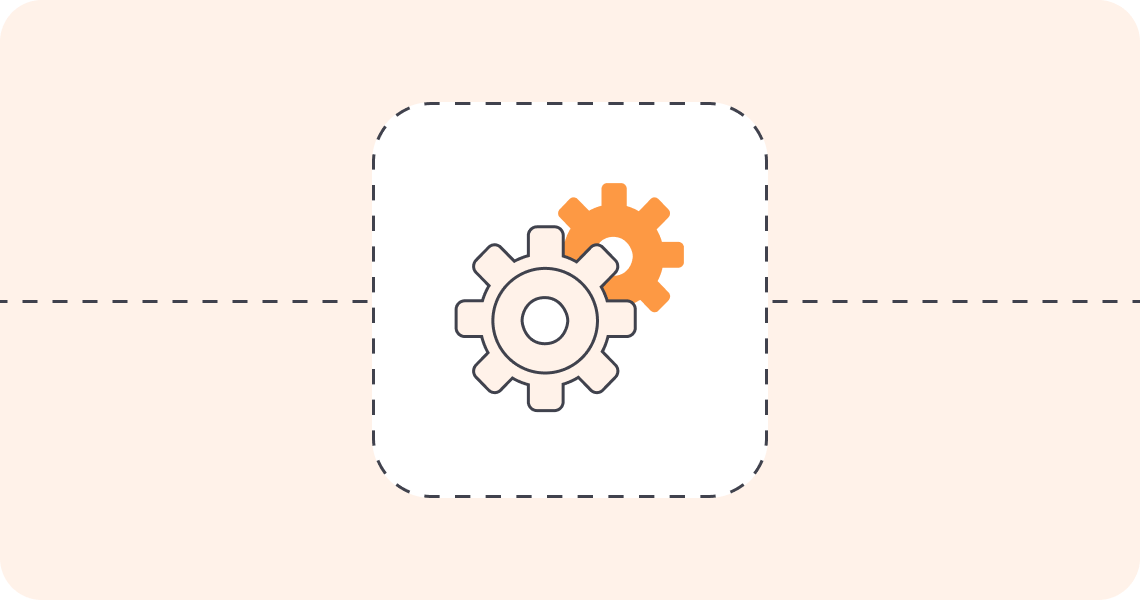As we step into 2024, the B2B tech landscape is undergoing a significant transformation. This change is driven by the entry of Gen Z into decision-making roles, alongside Millennials. These generations are setting new benchmarks for purchasing decisions in the tech sphere, with heightened expectations for speed, transparency, and engagement. This evolution is reshaping the B2B customer journey, compelling companies to adapt swiftly or risk falling behind. Let’s explore what strategies in B2B marketing can beet these evolving meets and how you can supercharge your marketing with enhanced customer journey mapping.
What is Customer Journey Mapping?
Customer journey mapping is the process of creating a visual representation of the path your customers take from their first interaction with your brand to the final purchase and beyond. This tool enables businesses to step into their customers’ shoes, seeing their business from the customer’s perspective.
It identifies all touchpoints a customer has with your brand, highlighting both areas of excellence and points of friction. This comprehensive insight allows companies to streamline the buying process, enhance the customer experience, and ultimately drive loyalty and revenue.
Why You Need Customer Journey Mapping
In a world where customer expectations are constantly evolving, understanding the intricacies of how your customers interact with your brand across multiple channels is vital. Customer journey mapping offers invaluable insights into customer behaviors, preferences, and pain points, enabling you to:
- Improve Customer Experience: Tailor the buying experience to more effectively meet your customers’ needs.
- Increase Efficiency: Identify and eliminate unnecessary steps in the sales process, making it easier for customers to purchase.
- Drive Engagement: Create more relevant and engaging content and interactions at each stage of the journey.
- Enhance Customer Retention: By understanding and addressing your customers’ needs, you increase satisfaction and loyalty.
With this foundational understanding, let’s explore strategies tech enterprises can employ in 2024 to build a customer journey that meets the evolving needs of their market.
Customer Journey Mapping in 2024
In 2024, the B2B market is significantly influenced by Millennials and Gen Z, who demand fast, transparent, and easy purchasing experiences. This shift necessitates that tech companies move beyond traditional sales methods towards more direct and digital engagement strategies. For instance, a tech start-up recently transitioned to a completely digital sales process, resulting in a 30% increase in customer satisfaction by offering immediate access to pricing and product details, which these younger decision-makers prioritize.
This change reflects a broader expectation for a consumer-grade experience in B2B transactions, emphasizing the importance of digital fluency and customer-centric solutions. So, as you build the journey of your customer, remember these changes in search behavior.
8 Strategies to Enhance the B2B Customer Journey
– Trust and Credibility: In today’s digital-first environment, building trust extends beyond having an impeccable product or service. It’s about creating genuine connections. Sharing customer success stories, leveraging user-generated content, and maintaining a transparent online presence are key. For example, Adobe showcases customer testimonials and detailed case studies on its site, reinforcing the value and versatility of its software suite to potential B2B clients.
– Personalized Experiences: Tailoring the buying experience to individual needs is no longer optional. Utilizing CRM systems and AI to analyze customer data can help deliver personalized product recommendations and content. Salesforce excels in this area, offering a highly customized user experience based on the customer’s interaction history and preferences.
– Omnichannel Integration: Ensuring a seamless transition across various platforms and devices is critical. Whether it’s interacting on social media, visiting a website, or engaging through email, the experience should be consistent and fluid. HubSpot provides a sterling example of this, with its integrated marketing, sales, and service platform that offers a unified customer experience across multiple channels.
– Streamlined Processes: The purchasing process must be concise and straightforward. Simplifying the steps to purchase, offering self-service options, and providing clear pricing information upfront can significantly enhance the buying experience. Shopify, with its streamlined checkout process, serves as a model for B2B businesses aiming to reduce friction in the purchasing journey.
– Transparent Pricing: Visibility into pricing and offerings is a critical factor in the decision-making process for B2B buyers. Companies like Slack and Zoom provide clear, accessible pricing tiers on their websites, enabling quick decision-making without the need for direct inquiry.
– Enhancing Discoverability: In an age where information is abundant, standing out is crucial. Effective SEO, engaging content marketing, and active social media presence are fundamental to capturing the attention of decision-makers. Creating informative blog posts, how-to guides, and industry insights can position a company as a thought leader, improving its visibility and attractiveness to potential buyers.
– Data Analytics: Leveraging analytics to understand customer behaviors and preferences allows businesses to refine their strategies and tailor their offerings. Google Analytics and other data analysis tools can uncover insights into how customers interact with your site and content, enabling more targeted and effective marketing efforts.
– Sales Funnel Adaptation: The traditional sales funnel is evolving. Recognizing that today’s B2B buyers may enter at different stages and require different information or reassurances is key to creating a dynamic, responsive sales strategy that caters to diverse needs.
4 Innovative Mapping Strategies for Tech Enterprises
Automation in Mapping: Automating aspects of the customer journey mapping process can ensure a comprehensive understanding of touchpoints and interactions, enabling more effective engagement strategies. Tools like Marketo and Eloqua can automate marketing campaigns and track interactions, providing valuable insights for optimization.
Personalization Techniques: Going beyond basic customization, employing advanced personalization techniques can dramatically improve the customer experience. This includes using AI to predict customer needs and offering tailored solutions before the customer even identifies a requirement.
Multichannel Integration: A coherent strategy that integrates all customer touchpoints across channels ensures a unified and consistent brand experience. This approach should encompass everything from social media interactions to in-person events, ensuring that messages and values are consistent across all platforms.
AI and Predictive Insights: AI and machine learning are revolutionizing the ability to anticipate customer needs and tailor marketing efforts accordingly. Implementing these technologies can enable predictive analytics, offering insights into future customer behaviors and preferences, thus allowing companies to proactively meet these needs.
Final Thoughts
The entry of Gen Z into the B2B buying process is a wake-up call for tech enterprises to reassess and revitalize their customer journey strategies. By embracing transparency, prioritizing personalized experiences, and leveraging technology for efficiency and insight, companies can align themselves with the expectations of this new generation of buyers. Success in 2024 and beyond hinges on the ability to adapt to these changing dynamics, offering streamlined, customer-centric solutions that resonate with a digitally savvy audience. Through understanding and implementing these strategies, tech enterprises can ensure they not only meet but exceed the evolving demands of their B2B customers, securing their position in a competitive marketplace.


